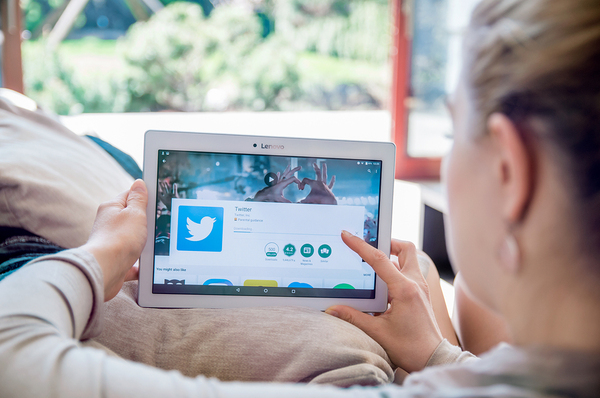Recently, the citizens of Hawaii were told that an incoming ballistic missile attack had targeted the islands. While the news was thankfully false, it caused widespread panic in a short window of time.
The fact that it happened reveals a lot about digital media today — especially about the age of the smartphone, but also about the uses of Twitter, and the dramatic reduction in local media and a concomitant rise in global media.
What Happened
To gain a better understanding, let’s look at what happened first. If you were in Hawaii, you received the following alert on your smartphone one Sunday morning: “BALLISTIC MISSILE THREAT INBOUND TO HAWAII. SEEK IMMEDIATE SHELTER. THIS IS NOT A DRILL.”
Pretty terrifying, eh? Especially the part about it not being a drill.
However, it was part of a drill system, sent erroneously because of human error.
That’s why, if you happened to be on Twitter, you very shortly received a tweet from the state’s Emergency Management Agency (EMA): “NO missile threat to Hawaii.”
State and Federal officials chimed in, and a full-scale panic outside of living rooms and bedrooms across the state was averted.

…and then Twitter messages rescinded the alert.
Why It Happened
The drill system, as The Atlantic points out, is part of the U.S.’s Wireless Emergency Alerts (WEAs), which is part of the Federal Emergency Management System (FEMA). Most Americans are familiar with receiving those notices, on smartphones, television, and other media. If you’ve ever received an AMBER alert notice for a child abduction or government notices about weather emergencies, you’ve received a WEA.
WEA is the child of cold war plans to have a way to reach the nation in case of emergencies, then conceptualized primarily as nuclear threats. At the time, they were designed to be broadcast over television, then the home of just a few major broadcasting companies, and radio.
These were enlarged, especially after Hurricane Katrina in 2006, to be sent over telephone and mobile devices.
As The Atlantic observes, though, the use of mobile devices means, effectively, that the net of alerts is now cast much wider than initially planned. When the emergency alert system was devised, one had to be specifically watching television or listening to the radio to hear an alert.
But many people have their smartphones always on, often accessing them. That means that an alert sent over smartphone is accessed by almost everyone with a smartphone immediately — and that’s almost everyone.
A Change in Media
But there’s also a major change in how people deal — how they can deal — with the information. The television and radio broadcasts of yore told people to turn to local media for more information.
The past few decades have resulted in far fewer truly local media outlets, so many areas may not have media choices that are local. Even local television news often plays only at night. Many news streams are national or global in scope, so that an emergency confined to one state, such as Hawaii’s recent one, doesn’t break the radar until some time has elapsed.
Finally, though, smartphone alerts are limited to 90 characters. In the case of the Hawaii alert, there was no information given about what to do at all, even to tune in to local news, because of the space limitation.
Obviously, many people turned to Twitter for real-time information, including authorities who limited the spread of panic by saying it was a drill.
But the incident reveals how integral smartphone notifications and Twitter are to the digital landscape, and how much local and global news runs a distant second.
